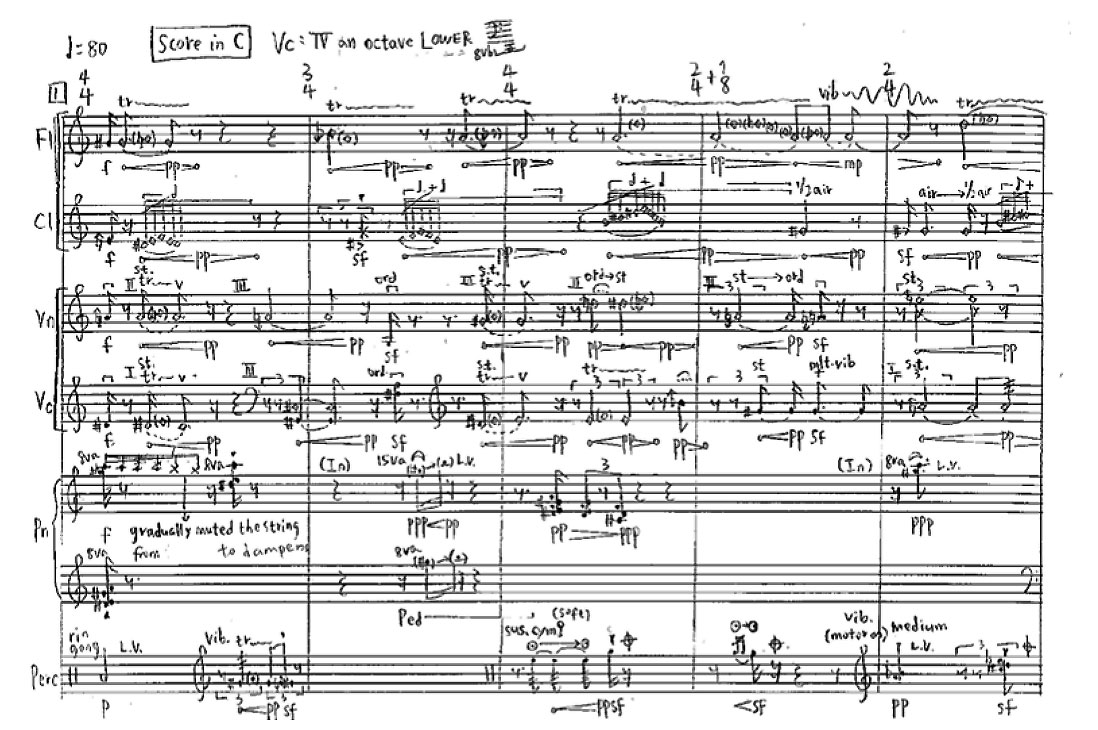Clara Iannotta
They left us grief-trees wailing at the wall, 2020
for clarinet, saxophone, percussion, piano, electric guitar, violin, viola, cello, double bass
Yi Ting Lu
Timelessness I: Individualism, 2017
for flute, clarinet, piano, percussion, violin, and cello
Patricia Alessandrini
Pastorale (Hommage à Alfred Schnittke), 2014
for two violins, viola, cello, piano, and live electronics
Agata Zubel
FLASH, 2021
for percussion soloist, and ensemble
with Sae Hashimoto, percussion soloist
Talea Ensemble
James Baker, conductor
Laura Cocks, flute
Gleb Kanasevich, clarinet
Erin Rogers, saxophone
Steve Beck, piano
Sae Hashimoto, percussion*
Jess Tsang, percussion
Oren Fader, guitar
Karen Kim, violin
Josh Henderson, violin
Jay Julio, viola
Christopher Gross, cello
Greg Chudzik, bass
Patricia Alessandrini, live electronics
Sae Hashimoto
Percussion
Concert duration: approximately one hour and thirty minutes


